Welcome to My Blog!
Before we dive into the content, I’d love for you to join me on my social media platforms where I share more insights, engage with the community, and post updates. Here’s how you can connect with me:
Facebook:https://www.facebook.com/profile.php?id=100066759548969
Now, let’s get started on our journey together. I hope you find the content here insightful, engaging, and valuable.
مقدمة
When planning any construction or landscaping project, selecting the right machinery is crucial. For tasks that require precision, power, and maneuverability, small tracked excavators have become a popular choice. These compact machines are designed to perform a wide range of tasks, from digging trenches to lifting heavy loads, while offering enhanced mobility on different terrains. In this guide, we’ll walk through the features, benefits, and considerations you should keep in mind when selecting a small tracked excavator for your project.
Why Opt for a Small Tracked Excavator?
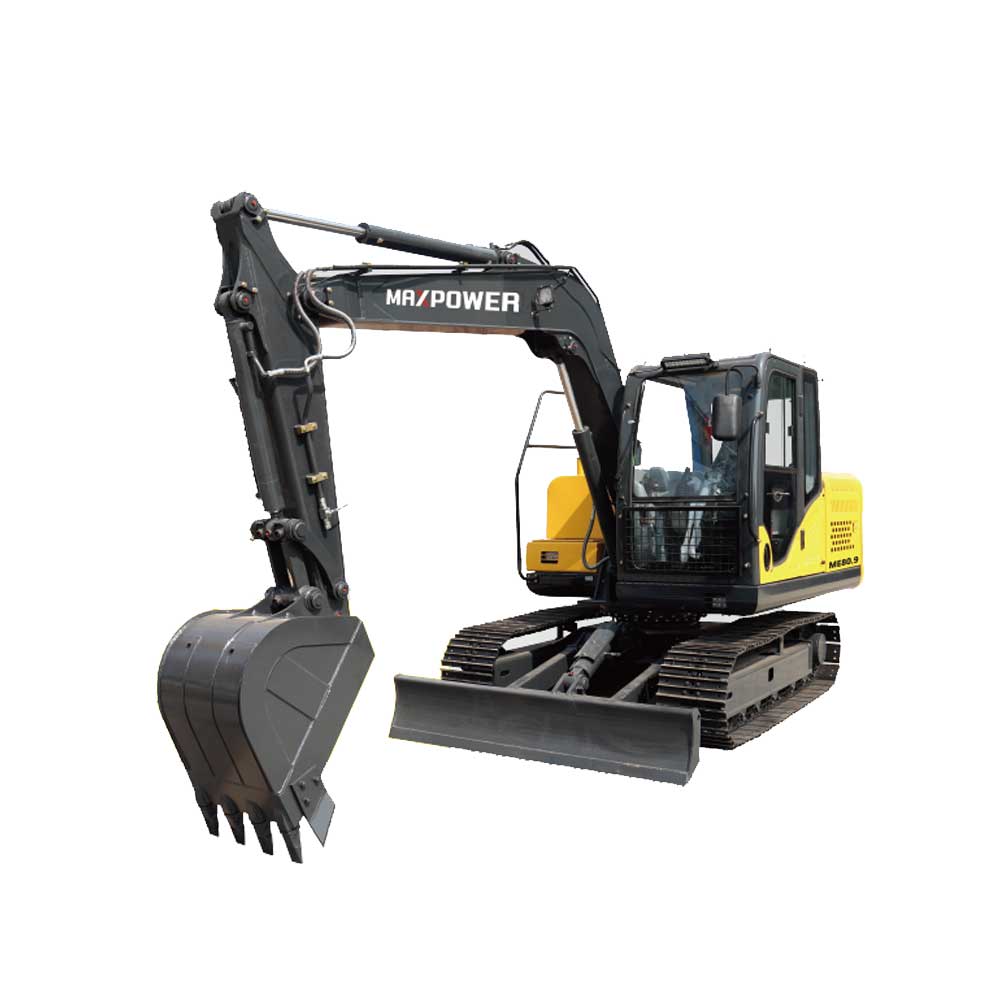
Small tracked excavators provide several advantages for both small and medium-sized construction projects. Here are some of the key benefits:
- Compact Size: Perfect for confined spaces where larger machinery cannot operate.
- براعه: Can be used for multiple tasks like trenching, grading, lifting, and drilling.
- القدرة على المناورة: The tracks provide better stability and allow the machine to navigate rough and uneven terrain.
- كفاءة الوقود: Smaller engines ensure better fuel economy without compromising on performance.
- Lower Operating Costs: With reduced fuel consumption and maintenance needs, these machines offer a cost-effective solution.
Key Features to Consider in a Small Tracked Excavator
When selecting the best small tracked excavator for your project, several factors should be evaluated:
Size and Weight: Depending on the nature of your project, it’s essential to consider the machine’s size and weight. Smaller models are easier to transport and operate in tight spaces, but you should ensure that they have enough power for the tasks at hand.
Engine Power: The power of the engine directly impacts the machine’s performance. Most small tracked excavators offer a balance between fuel efficiency and operational power, but selecting the right engine capacity is key to handling your workload efficiently.
Digging Depth and Reach: This refers to how deep and far the excavator can dig. Different models offer varying digging capacities, and your project requirements will dictate which specifications are necessary.
Track Type: Tracks come in two main types: rubber and steel. Rubber tracks are ideal for delicate surfaces like landscaping jobs, while steel tracks offer better durability and are suitable for rugged terrains.
المرفقات: Consider the range of attachments that are compatible with the excavator. Common options include buckets, hammers, and augers, which can significantly extend the versatility of the machine.
Operator Comfort and Controls: Since operators may spend long hours in the machine, ergonomics and ease of control are important. Look for models with comfortable seating, easy-to-navigate controls, and noise reduction features.
Table: Suitable Working Scenarios for Small Crawler Excavators
| Working Scenario | وصف | Recommended Excavator Features |
|---|---|---|
| Urban Construction | Ideal for tight spaces and congested areas in cities | Compact size, rubber tracks to reduce surface damage, high maneuverability |
| Landscaping Projects | Suitable for digging, trenching, and moving earth in landscaping environments | Rubber tracks, lightweight design, versatile attachments like buckets |
| الزراعة والزراعة | Useful for clearing land, digging irrigation ditches, and small farm projects | Mid-range engine power, easy transport, rubber or steel tracks based on terrain |
| Utility Installation | Perfect for digging trenches for pipe or cable installation | Deep digging depth, precision controls, durable steel tracks |
| Residential Construction | Small enough to navigate around homes for foundation work and backyard projects | Compact body, rubber tracks, minimal noise, versatile attachments |
| Forestry Work | Suitable for light forestry tasks like clearing small trees and undergrowth | Powerful engine, steel tracks, attachments like mulchers or grapples |
| Road and Sidewalk Maintenance | Ideal for small-scale excavation work on roadsides and sidewalks | Steel tracks for stability, adjustable boom, small footprint |
| Demolition of Small Structures | Effective for tearing down small buildings or structures | Attachments like breakers, steel tracks for stability and rugged terrain handling |
Choosing the Right Excavator Size for Your Project
Determining the right size for a small tracked excavator depends on the nature of your project. If you’re working in a confined space, a smaller excavator with a more compact design may be more appropriate. On the other hand, for larger sites, you might opt for a machine that offers a greater digging depth and reach to enhance productivity.
- Compact Construction Projects: For jobs like trenching or landscaping in urban settings, a smaller excavator with rubber tracks will provide the necessary agility and minimize damage to the environment.
- Medium-Sized Construction: For tasks such as utility installation or foundation work, slightly larger machines with more digging depth and power may be required.
Best Practices for Using a Small Tracked Excavator

To maximize the performance and longevity of your small tracked excavator, consider the following operational tips:
Routine Maintenance: Regularly check fluid levels, track tension, and engine performance to prevent breakdowns.
Correct Attachments: Always use the right attachment for the task at hand to ensure efficiency and prevent wear and tear on the machine.
Track Maintenance: Keep the tracks clean and inspect them for signs of wear, particularly after operating on rough terrain.
تدريب المشغلين: Ensure that operators are fully trained in handling the machine, as this will improve safety and operational efficiency.
خاتمة
Selecting the right small tracked excavator for your project involves evaluating the specific requirements of the job, such as the terrain, digging depth, and reach needed. By carefully considering factors like size, engine power, track type, and attachment options, you can ensure that your choice not only meets the demands of your project but also improves efficiency and reduces operating costs. Whether you’re working on a small landscaping job or a more involved construction site, the right excavator can make all the difference in completing the task successfully.
التعليمات
What projects are best suited for a small tracked excavator?
Small tracked excavators are perfect for projects such as landscaping, trenching, small foundation work, and material handling. Their compact size allows them to work in confined areas that larger machines cannot access.
Are small tracked excavators fuel-efficient?
Yes, compared to their larger counterparts, small tracked excavators consume less fuel while still providing adequate power for most small to medium-sized jobs.
How often should I perform maintenance on a small tracked excavator?
Routine maintenance, such as checking fluid levels and track tension, should be done daily or before each use. More in-depth maintenance, like engine checks and oil changes, should follow the manufacturer’s recommended schedule.
Can I use a small tracked excavator for heavy-duty tasks?
While small tracked excavators are highly versatile, their power and capabilities are more suited for light to medium-duty tasks. For heavy-duty work, you may need a larger model or specialized equipment.
What attachments can I use with a small tracked excavator?
Common attachments include buckets, hydraulic breakers, augers, and rippers. The choice of attachments will depend on the nature of the task, such as digging, breaking up concrete, or drilling holes.

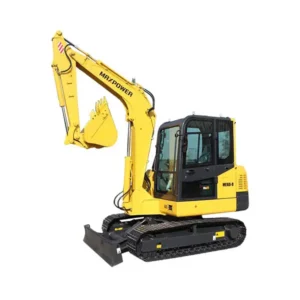
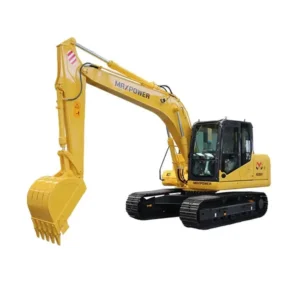
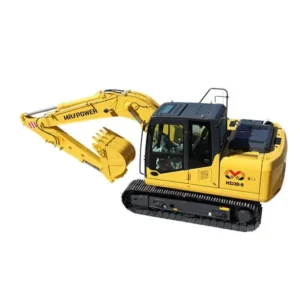
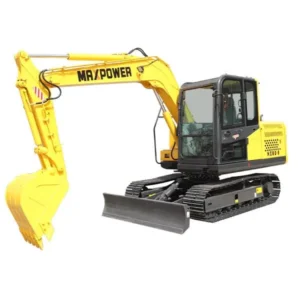
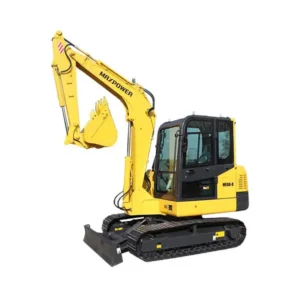
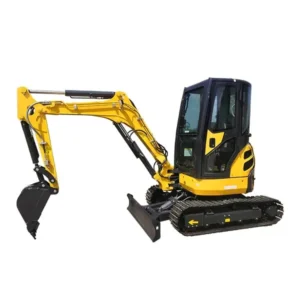
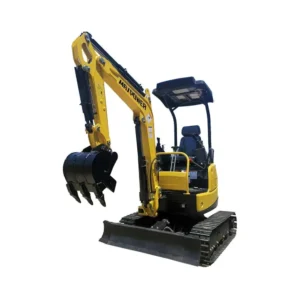





-150x150.webp)
